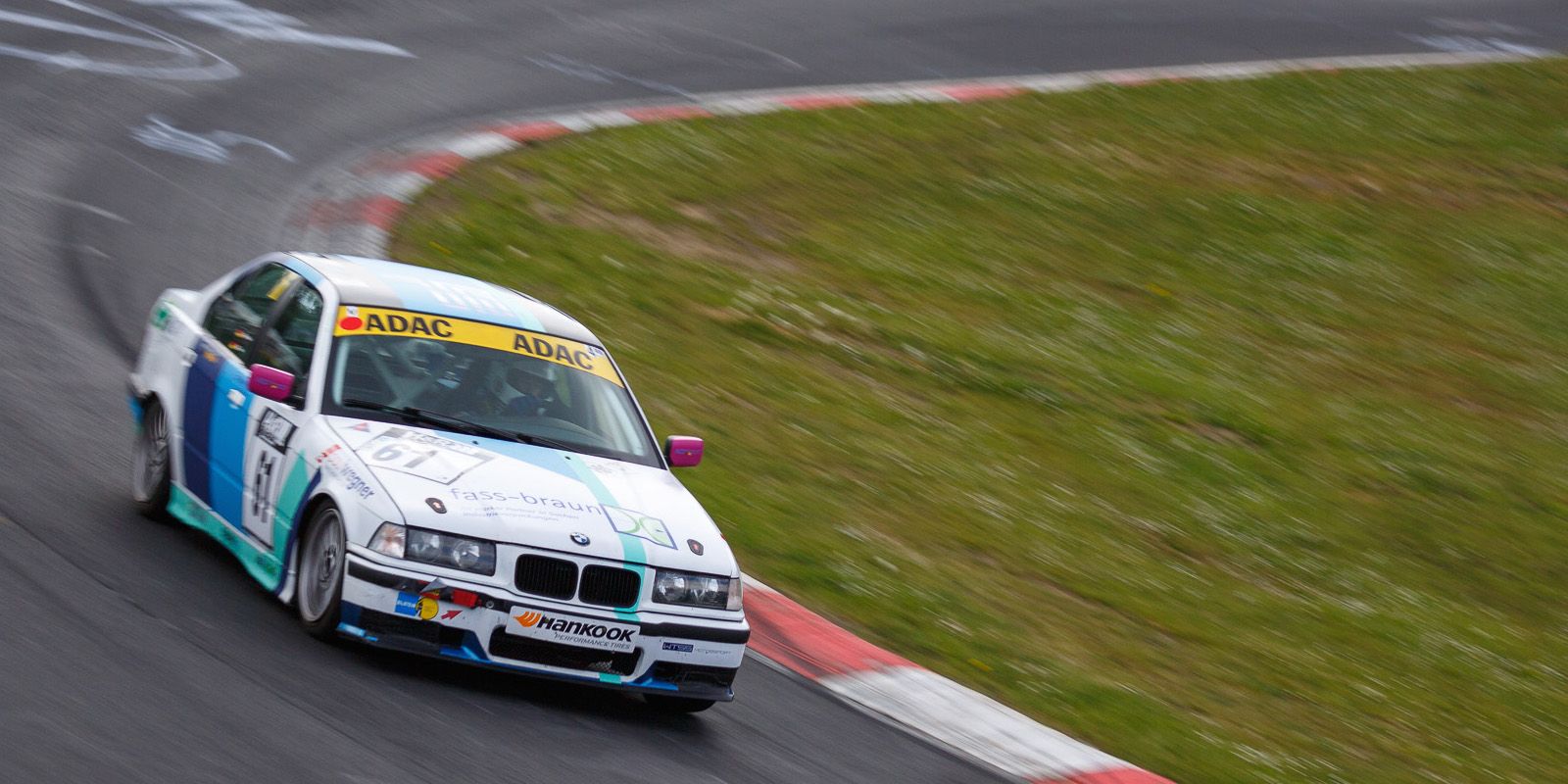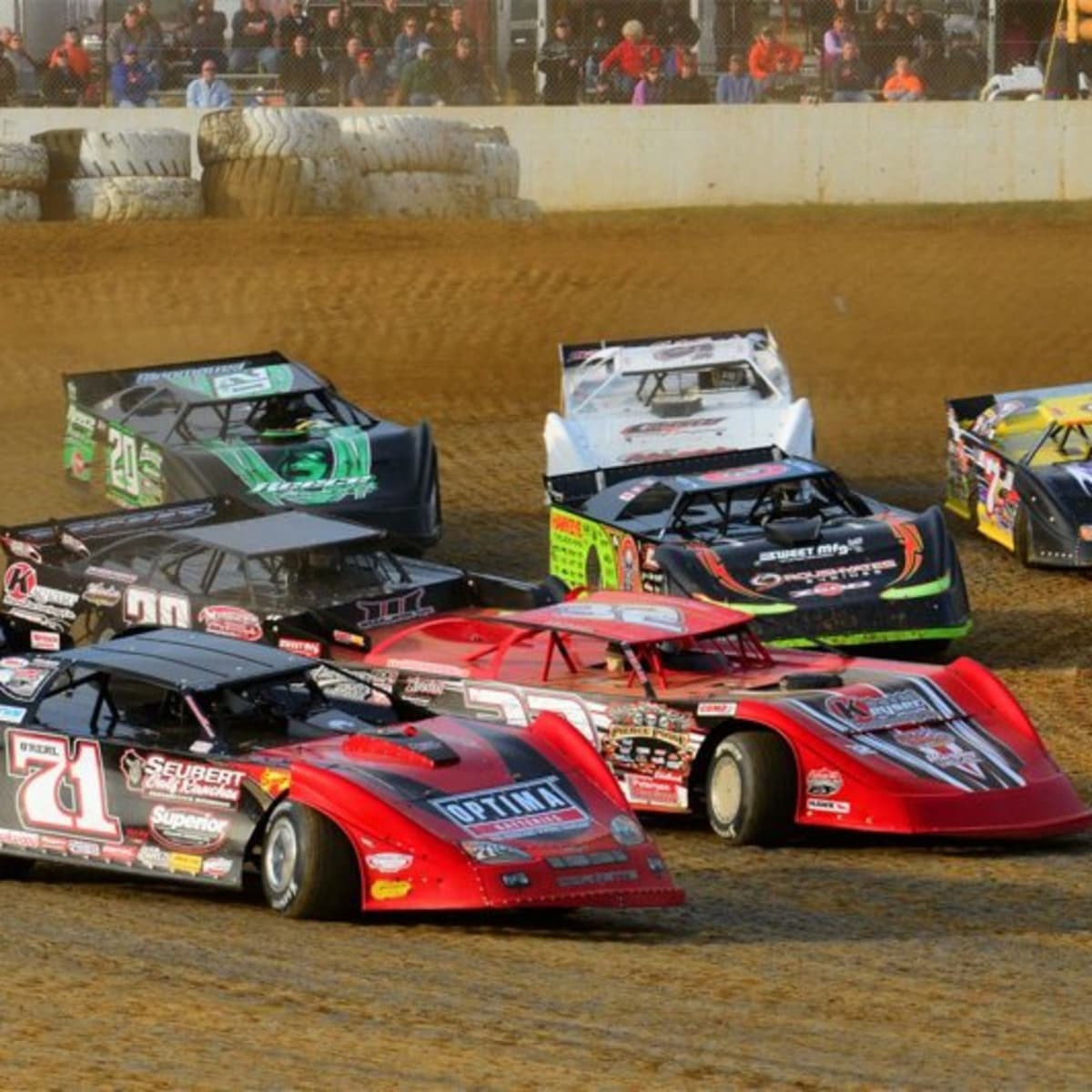
The concentration of these local tracks, many of which have now closed or fallen into disrepair, was particularly high in the western Piedmont and Mountain region.
#Stock car track drivers
Over the years, many North Carolina communities have had auto racing tracks-sometimes dirt, sometimes paved-where drivers and mechanics alike showcased their skills and built their reputations. These characteristics also contributed to its early reputation as a sport appealing predominately to rural white males. With its speed, noise, and danger, stock car racing came to be an affirmation of the most thrilling aspects of small-town southern life. While heroes abounded in all sports, stock car drivers' personalities, regional allegiances, and other personal qualities became as important to many racing fans as the types of cars they drove or their success on the track. Although North Carolinians have participated in all types of motor sports, including drag racing and competing with "sprint" cars, "midget" cars, and karts, stock car racing-today featuring high-tech versions of commercial, assembly-line autos with V-8 engines and 700-plus horsepower-emerged as the most popular form of auto racing in the state. The "down-home" appeal of auto racing was a key element in its growing popularity in North Carolina and other southern states during the latter half of the twentieth century.
#Stock car track driver
Among Johnson's 50 career professional victories was the 1960 Daytona 500 he is also credited as the first driver to successfully use "drafting"-gaining additional speed by driving close behind another driver-to overcome faster cars during races. He began competing in local races at age 15, and by his mid-twenties he had become a major talent on the growing racing circuit. Johnson learned the moonshine trade from his bootlegger father.

Robert Glen "Junior" Johnson, born in Wilkes County in 1931, was the embodiment of the cunning, gritty southern renegade who drew the admiration of fans as auto racing began to develop into an organized spectator sport during the 1940s.

As these races grew in number and attendance increased, some ex-moonshiners became racing legends. Beginning in the mid-1930s, weekly races among moonshiners and others driving muscular cars were held at various rough-hewn tracks throughout the state. Many of North Carolina's original racing competitions matched law officers against local moonshiners who, with the fastest cars and the most innovative equipment, became formidable high-speed drivers capable of astounding-and often dangerous-maneuvers during their nightly liquor deliveries.

An early advocate of the sport in North Carolina was automobile dealer Osmond Long Barringer Sr., who in 1924 built a one-mile pinewood track near Pineville (today part of the Charlotte metropolitan area). In the rural South, where fewer people could afford cars, racing was slower to develop. As the availability of cars increased in the first decades of the twentieth century, organized races and auto rallies began to be held in northern and midwestern cities. See also: Moonshine Sport: Stock Car Racing NASCARĪuto racing in North Carolina has grown from occasional competitions among speed-hungry moonshiners during the 1930s to a billion-dollar industry operating under the sponsorship of major corporations and attracting legions of devoted followers.


 0 kommentar(er)
0 kommentar(er)
